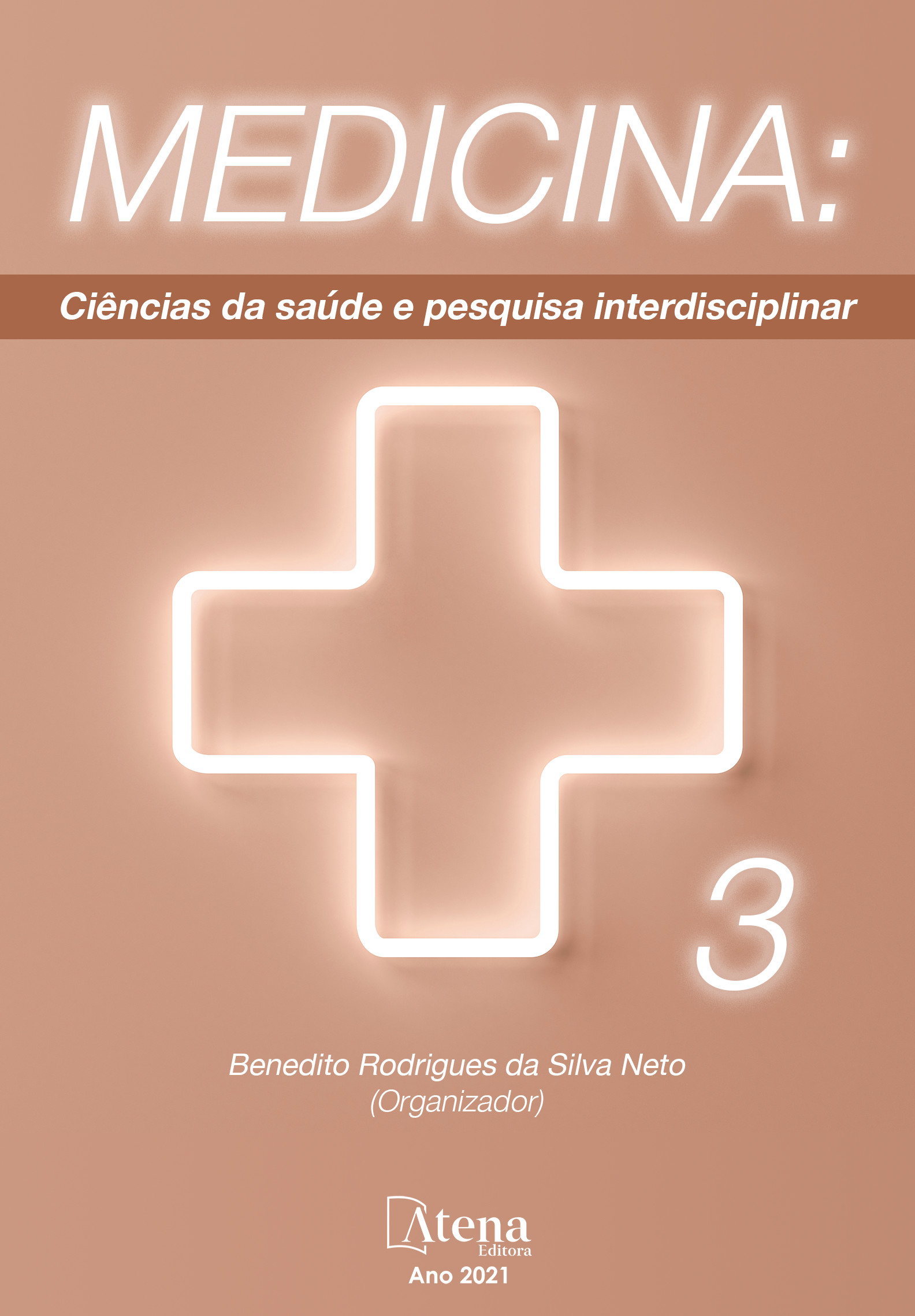
MANIFESTO DE GLIOMAS E TUMORES MALIGNOS NO SISTEMA NERVOSO
INTRODUÇÃO: Mesmo com o desenvolvimento em pesquisa na área de neurocirurgia, ainda é considerado reservado o prognostico de paciente com gliomas e tumores malignos. OBJETIVO: Verificar os realizar uma revisão bibliográfica para coletar informações sobre o glioma e o controle da progressão da doença. METODOLOGIA: Trata-se de uma revisão bibliográfica, analisando a literatura em que possa ser observado avanços nos diagnósticos e tratamentos. As opções terapêuticas disponíveis no momento, ainda não é possível efetuar um controle preciso do avanço da doença. REVISÃO DE LITERATURA: Através da análise, foi possível observar que com os estudos realizados até o momento, demonstra-se a necessidade de uma combinação na abordagem para a obtenção de um prognóstico mais favorável levando em consideração o uso de Nanopartículas para marcar as células tumorais seguido da RT e QT convencionais. Vale aqui ressaltar que o glioblastoma é o mais frequente e maligno dos astrocitomas e mesmo com o avanço dos diagnosticos, ainda é bastante limitado o prognostico. Atualmente, os prognósticos seguem três categorias reconhecidas de biomarcadores. Os biomarcadores de diagnóstico, com o intuito de reconhecer a presença de uma doença específica. Os biomarcadores de prognóstico, para identificar a evolução da doença e os biomarcadores preditivos, onde é possível observar a resposta ao tratamentoparticular. CONCLUSÃO Através destas pesquisas, pode-se concluir que estudos experimentais demonstraram que ao se realizar uma combinação de terapia antiangiogênica, baseada na ruptura de vasos sanguíneos tumorais, com quimioterapia convencional gera resultados positivos e promissores.
DESCRITORES: Tumor Cerebral; Oncologia; Neurologia.
MANIFESTO DE GLIOMAS E TUMORES MALIGNOS NO SISTEMA NERVOSO
-
DOI: 10.22533/at.ed.68621080914
-
Palavras-chave: Tumor Cerebral; Oncologia; Neurologia.
-
Keywords: Brain tumour; Oncology; Neurology.
-
Abstract:
INTRODUCTION: Even with the development of research in the field of neurosurgery, the prognosis of patients with gliomas and malignant tumors is still considered reserved. OBJECTIVE: To verify and perform a literature review to collect information on glioma and disease progression control. METHODOLOGY: This is a literature review, analyzing the literature in which advances in diagnoses and treatments can be observed. With the therapeutic options currently available, it is not yet possible to accurately control the progression of the disease. LITERATURE REVIEW: Through the analysis, it was possible to observe that with the studies carried out so far, it is demonstrated the need for a combination in the approach to obtain a more favorable prognosis taking into account the use of Nanoparticles to mark tumor cells followed by conventional RT and QT. It is noteworthy here that glioblastoma is the most frequent and malignant of astrocytomas and even with the advance of diagnoses, the prognosis is still very limited. Currently, predictions follow three recognized categories of biomarkers. Diagnostic biomarkers, in order to recognize the presence of a specific disease. Prognostic biomarkers, to identify the evolution of the disease and predictive biomarkers, where it is possible to observe the response to the particular treatment. CONCLUSION Through these researches, it can be concluded that experimental studies have shown that when performing a combination of antiangiogenic therapy, based on the rupture of tumor blood vessels, with conventional chemotherapy generates positive and promising results.
DESCRIPTORS: Brain Tumor; Oncology; Neurology. -
Número de páginas: 2
- Lucas dos Santos de Oliveira
- Sergio Manuel Coelho Fernando


